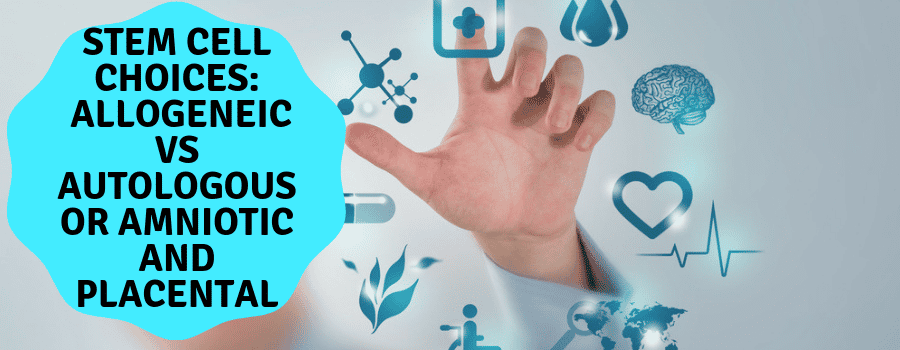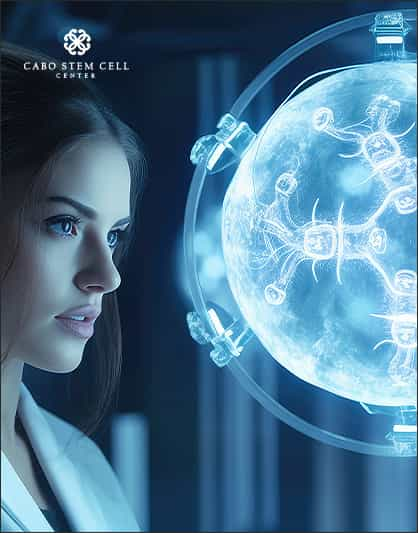 Stem Cell Choices: Allogeneic Vs Autologous or Amniotic and Placental?
Stem Cell Choices: Allogeneic Vs Autologous or Amniotic and Placental?
Stem cell therapy is one of the latest innovations of medical science and it has been proven to be an effective solution for a number of health conditions. Researchers in some renowned medical instructions are still trying to find more effective potentials of this therapy to make the stem cell treatment a complete solution for many life-threatening diseases.
There are several types of stem cell treatments to treat various diseases. Allogeneic, Autologous, Amniotic, Placement Cells, Cord Blood products are some of the treatments that can be used for different purposes. Let us talk about the differences between the different types of stem cell treatments, such as:
Allogeneic Vs Autologous
Allogeneic and autologous are some of the most common methods of stem cell transplant where therapists transfer modified cells to the human body. In the allogeneic method, therapists use stem cells from the body of the donor qualified to provide human leukocyte antigens (HLA) with the accordance of the patient’s need. In this type, it is not necessary for the donor to be related with the patient but its HLA should match with the patient’s needs.
In autologous transplant method, therapists use patients’ own stem cells and send them to the laboratory to modify through some special techniques. Therapists send the stem cells taken from the patients’ body to the laboratory to freeze them in liquid nitrogen to make them transplant-ready. Following the modification, therapists re-inject them to the patients’ body. This helps the patients to develop healthy red and white blood cells.
Amniotic and Placental
These are some of the methods of stem cell treatments related to the pregnancy. Amnion tissue is a part of the placenta and it is used for different treatment purposes. During the pregnancy, therapists often collect stem cells from amniotic fluid to develop stem cells that can be used to treat tissues and organs like muscle, neurons, bone, kidney, liver and many others.
Placenta, on the other hand, is an organ that acts as a link between fetus and uterine during pregnancy. The key role of the placenta is to transport oxygen and nutrients from the mother to the developing baby. Placental stem cells are taken from the placental blood or tissue, as they are the rich source of stem cells.
Cord Blood Products
It is also known as umbilical cord blood and it contains all the common elements of blood including red and white blood cells. Cord blood is very rich in hematopoietic stem cells and they are often used on patients with blood-forming system disorder. Cord blood stem cells are a useful solution for patients who need blood-forming cell generation. The term cord blood products are used to describe the products required in the process of blood collection, stem cell extraction and transportation.
Cancer patients can also receive the treatment after having chemotherapy, as the transplanted stem cells from healthy cord blood can help them to regrow pure blood cells.
The researchers believe that stem cell therapy can cure numerous health problems and save the lives of thousands of people across the world.
There is a wide range of effective stem cell treatments. To learn more about different types of stem cell treatments they provide, click the button below:

.png)




.png)
.png)




Share this listing